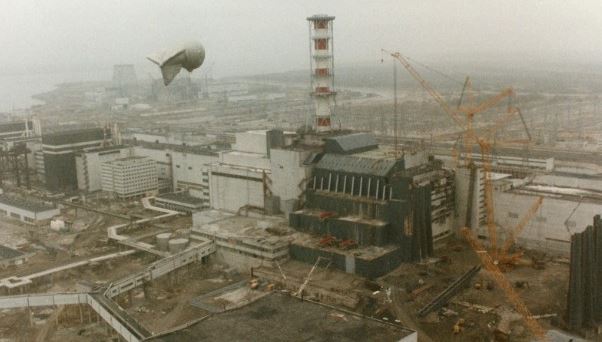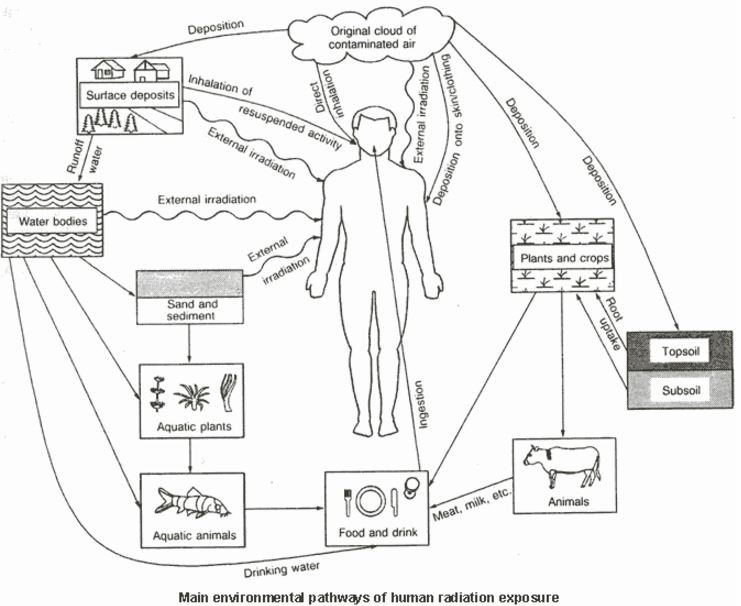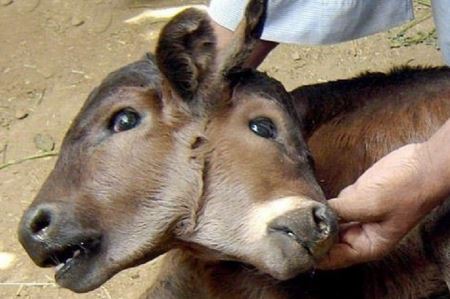Chernobyl Disaster
What was the chernobyl disaster?
In the nuclear industry, yet now the most dangerous accident is counted as Chernobyl disaster. The result of this disaster is a continual explosion of radioactive materials and lasts for 10 days. This explosion released a huge amount of radio-active material into the environment. This not only affects the surrounding environment, but the radioactive cloud spread to the whole European region. The effect is much in Belarus, Ukraine and Russia.

When was the chernobyl disaster?
The Chernobyl disaster happened on 26th April in 1986 at 1:23 a.m.
What caused the chernobyl disaster?
One day before the Chernobyl disaster, the plant nuclear plant operator had been shutting down the reactor number 4 for conducting routine maintenance. According to UNSCEAR (U.N. Scientific Committee on the Effects of Atomic Radiation), the safety regulation is violated by the plant operators, as they halted plant apparatus including the automatic shutdown mechanisms.
Around 1:23 am on the incidence day, the nuclear fuel rods which were excessively hot became suddenly got lowered temperature due to chilled water. This release huge amount of steam and affects the RMBK reactor due to flaw in design.
This created added reactivity in the reactor 4 which is one of the core nuclear chambers. The consequential power jet caused a massive explosion that disconnected the 1,000-ton plate jacket of the reactor core and released radiation into the surrounding environment.
After a few seconds, an immense, more powerful than the previous one explosion was taken place. This was followed intense fires around the damaged reactor and it further affects reactor 3, which was under working condition during the explosion.
Chernobyl disaster effects

Health Impact
- The immediate effect of disaster caused the death of two workers followed with several deaths within few hours of the explosion. The rescue teams were continually busy to control the fire and radiation flow. The death rate was continuously increased with several radiation sicknesses.
- Released radioactive materials were iodine-131, cesium-134 and cesium 137. This all were released from the faulty nuclear reactor. According to UNSCEAR, among these radioactive materials, iodine-131 has less duration of action due to its short half life, nearly 8 days. But this is easy to reach in thyroid gland via air. Cesium molecules have longer duration of action as they are having prolonged half life. The scientists were worried about their long term effects.
- The residents of Pripyat, were released from that area almost after 36 hours of incidence. Within this period, different health effects were noticed such as headaches, nausea, vomiting and miscellaneous radiation health effects. Surrounding 30km area almost vacant, people left their personal everything behind.
- According to U.S. NRC (U.S. Nuclear Regulatory Commission), 28 workers died within 4 months of the explosion, some of them were well known about this effect as they exposed to higher radiation zone, but they worked with stoppage further radiation and tried to secure others.
- According to U.S. NRC, within 3 months of nuclear accident, 31 people died due to radiation effect.
- The number is exceeding 6,000 of thyroid cancer cases which were relating the effect of radiation exposure. The effect of radiation exposure is continuous, though it is mild and considered 0.1 REM per year. In this contaminated area almost five million residents are living and get affected with solid tumor, leukemia. The exact relation to the radiation induced health effect and the number of sufferers, is not yet clear.
- Some fear effects still present in the surrounding areas, Though UNSCEAR claimed the Report published by United Nation does not contain any scientific background, but yet many doctors from Eastern Europe and Soviet Union suggested for abortion to pregnant women, as radiation poisoning causes birth defects or other disorder to fetus.


Environmental Impacts
- The woodland present nearby area of the Chernobyl, is affected by radiation exposure and killed several plants which had surrounded the woodland area after a short interval of the accident. The area is now known as ‘Red Forest’, as the colour of the trees turned to ginger color due to burning. The wild lives stayed in the forest were no more exist.
- The large area, including Pripyat and Chernobyl is considered as “zone of alienation” and limit the humans living. The nuclear plant management team is working hard to stop the leakage of the radioactive materials from the reactor, and able to completely shut down its last reactor in December 2000.
- Some of the former residents were coming back to stay in their houses and government officials and researchers are allowed to inspect the sites. In 2011, Ukarine opened the area for visitors to see the disastrous effect of the radiation.
- This allowance does not provide any indication that the area is totally safe for living. The long effect of the radiation is continuing.

Management done
The Soviet Union Govt. and CIS (Commonwealth of Independent States), take initiation to countermeasures the consequences of the accident. This activity utilizes different resources which include manpower, scientific and financial resources.
The USSR took responsibility for clearing the area; though the procedure faced so many difficulties as disposal also liberated radioactive waste and destroying process was expensive.
To prevent the human exposure to radioactive iodine via milk, soon after the explosion, utilization of ‘clean’ silage for cattle and dismissal of contaminated milk was also added value for managing the condition. It is controversial the actual outcomes of this measure, as particularly private farmers are not aware of this information or delayed information.
For reduction of long term effect of radioactive caesium, the agricultural lands were treated and chattels are not only supplied ‘clean fodder’ but also provide some chemical that can help to ‘trap’ the radioactive caesium.
Constraints had been applied for the forest product collection, such as firewood, berries, mushrooms and other collected food. These measures were taken by the USSR.
The managements also took measures for destroying the contaminated soils, but that was not very much effective.
Safe drinking water supply is another measure to manage the disaster and some area is restricted for proving safe water for fish.
Complications
The major complications after the Chernobyl accident included the post radiation ailment. Almost 134 subjects were diagnosed for affected with ionizing radiation.
- Within 4 months the mortality counts exceeding 28.
- The cardiovascular disease rate is increased after the accident.
- Other prominent morbidities are hematological, dermatological; endocrinological affects which observed in the contaminated zone.
- Birth defect and complication in pregnancy were also included in complication list.
- This accident also had an impact on psychological and mental health, after the event, number of depression patients were increasing.
- Other than these health effects, Chernobyl accident has badly impacted on the economical aspect of the whole country.
References
- http://www.world-nuclear.org/info/safety-and-security/safety-of-plants/chernobyl-accident/
- http://www.greenfacts.org/en/chernobyl/l-3/2-health-effects-chernobyl.htm#0p0
- http://www.livescience.com/39961-chernobyl.html
- http://chernobylgallery.com/chernobyl-disaster/what-is-chernobyl/
- http://archive.unu.edu/unupress/unupbooks/uu21le/uu21le0j.htm
- http://www.ncbi.nlm.nih.gov/pubmed/16575761
